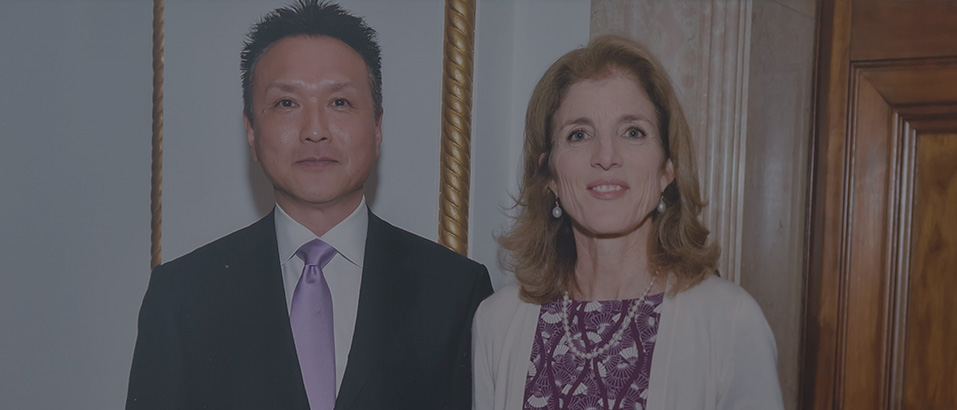Recent months have seen increasingly relaxed border control measures in hopes of bringing more tourists to Japan. Beginning in October, Japan will not require visas for short-term travelers from the United States, among other countries. Japan will also remove the daily cap of 50,000 entrants per day. Qualifying travelers must meet certain conditions, such as vaccination status.
Recently, Japan eliminated the requirement for pre-arrival COVID tests and began allowing tourists on short-term visas. However, despite easing entry restrictions, the inflow of tourists remains a small fraction of pre-COVID numbers. As Japan is experiencing the lowest yen-to-dollar rate in 24 years, the government expects tourists to use the weakened yen to their advantage. On Wednesday, Prime Minister Kishida said, "It's important for us to work to strengthen Japan's earning power, taking advantage of the current yen weakness."
Prime Minister Kishida also said last week that he planned to bring Japan's COVID-19 restrictions in line with those of other G-7 countries, continuously relaxing restrictions while monitoring COVID-19 infections. Before the pandemic, Japan allowed people from 68 countries and jurisdictions to stay up to 90 days without a visa. But due to the rise of new COVID variants, Japan imposed an almost total ban on new entries by foreigners in November last year. In March, the government started allowing supervised entry for students and business travelers, then opened up guided group travel for tourists in June.
This also comes at a time when Japan will roll out vaccines against the Omicron coronavirus variant from next week and provide them free of charge. Japan has shifted its focus to economic recovery and "living with COVID-19", including lifting restrictions on tourists.




